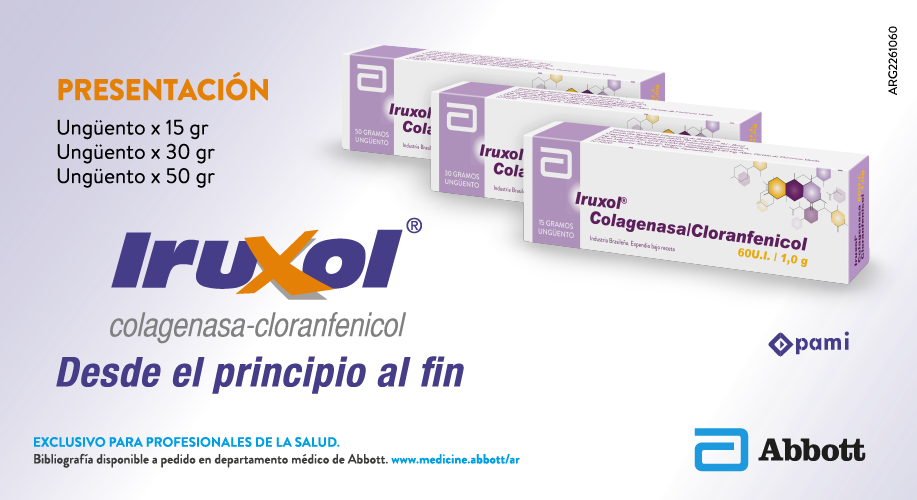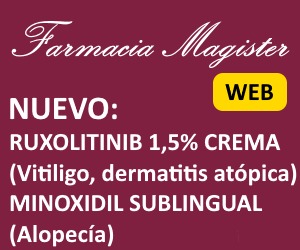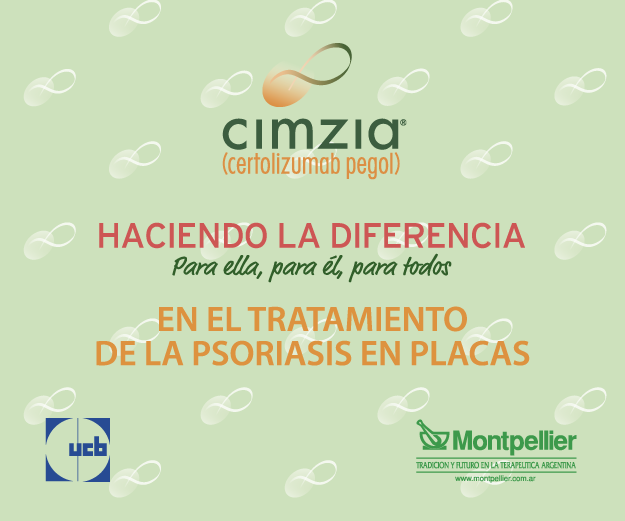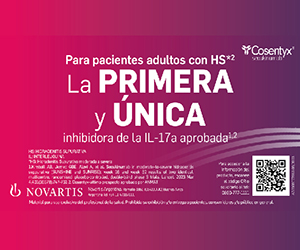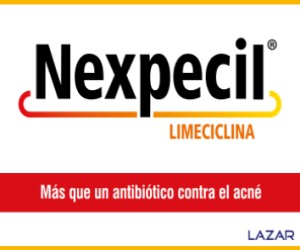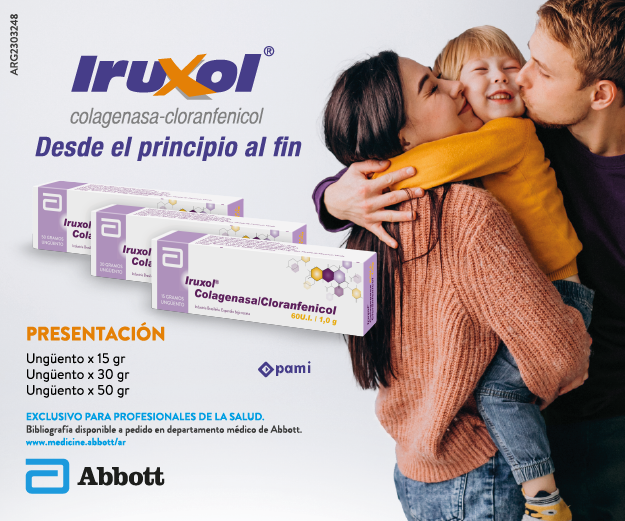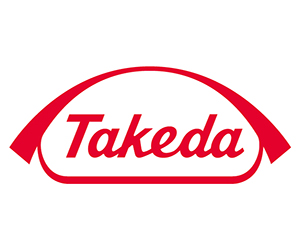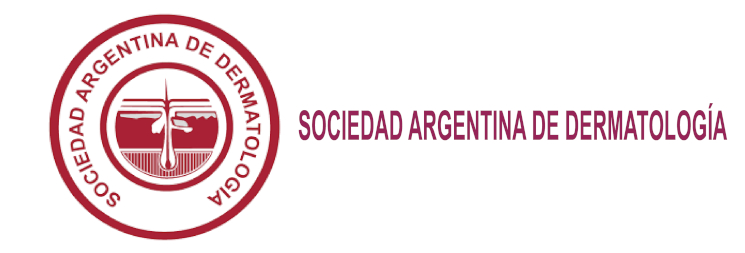Reactional leprosy
Resumen
Abstract
Background. Reactional leprosy is a clinical modality of acute or subacute presentation with local or systemic involvement as the expression of an inmmune disorder, which appears in the evolutive course of the disease. It may occur in about 30 percent of multibacillary patients (MB): lepromatous and dimorphic or borderline (borderline lepromatous, BL: borderline, BB, borderline tuberculoid, BT). The lack of local published papers on clinical and epidemiological characteristics of reactional episodes (RE) are one of the reasons of this research.
Objetives. To estimate prevalence of RE of leprosy, globally and in each clinical form, identifying them as initial consultation cause, during treatment and/or during follow-up; to characterize clinical polymorphism; and to assess defi ciencies/disabilities and therapeutic diffi culties (thalidomide- and corticosteroid-dependence).
Design. Retrospective, descriptive of series of cases.
Material and methods. From a total of 276 patients who started leprosy treatment from January 1995 to December 2006, those developing RE (110 patients) were selected and analyzed. Statistical methods used included: prevalence, 95% confi dence intervals (95% CI).
Results. Overall RE prevalence: 39.85 percent (110/276). RE prevalence in diff erent clinical forms: lepromatous leprosy (LL) 58.11 percent (86/148); borderline leprosy 22.86% (24/105): BL 29.1 percent, BB 37.5 percent, BT 33.3 percent; tuberculoid leprosy (TT): 0%. Onset of RE: fi rst consultation 32.72 percent (36/110), during treatment: 52.72 percent (58/110), fi rst RE in post-treatment follow-up: 14.5 percent (16/110). Clinical presentation of type
I RE: upgrading 83.3 percent (20/24), downgrading 20.83 percent (5/24). Clinical presentation of type II RE: erythema nodosum (EN) 94.19 percent (81/86), acute neuritis 20.93 percent (18/86), erythema multiforme 13.95 percent (12/86), arthritis 12.79 percent (11/86), orchitis 8.14 percent (7/86), Lucio reaction 3.49 percent (3/86), uveitis 2.33 percent (2/86), splenitis 2.33 percent (2/86). Disabilities and sequelae: 30 percent (33/110) of patients. Therapeutic diffi culties: thalidomide-dependence: 54.21 percent (45/83) and costicosteroid-dependence: 15 percent (9/60).
Conclusions. Most frequent RE was erythema nodosum leprosum (ENL). Thalidomide-dependence was confi rmed in over half of these patients
(Dermatol Argent 2009; 15(2):125-130).
Key words: leprosy, reactional episodes, thalidomide-dependence.
Descargas
Publicado
Número
Sección
Licencia
El/los autor/es tranfieren todos los derechos de autor del manuscrito arriba mencionado a Dermatología Argentina en el caso de que el trabajo sea publicado. El/los autor/es declaran que el artículo es original, que no infringe ningún derecho de propiedad intelectual u otros derechos de terceros, que no se encuentra bajo consideración de otra revista y que no ha sido previamente publicado.
Le solicitamos haga click aquí para imprimir, firmar y enviar por correo postal la transferencia de los derechos de autor


